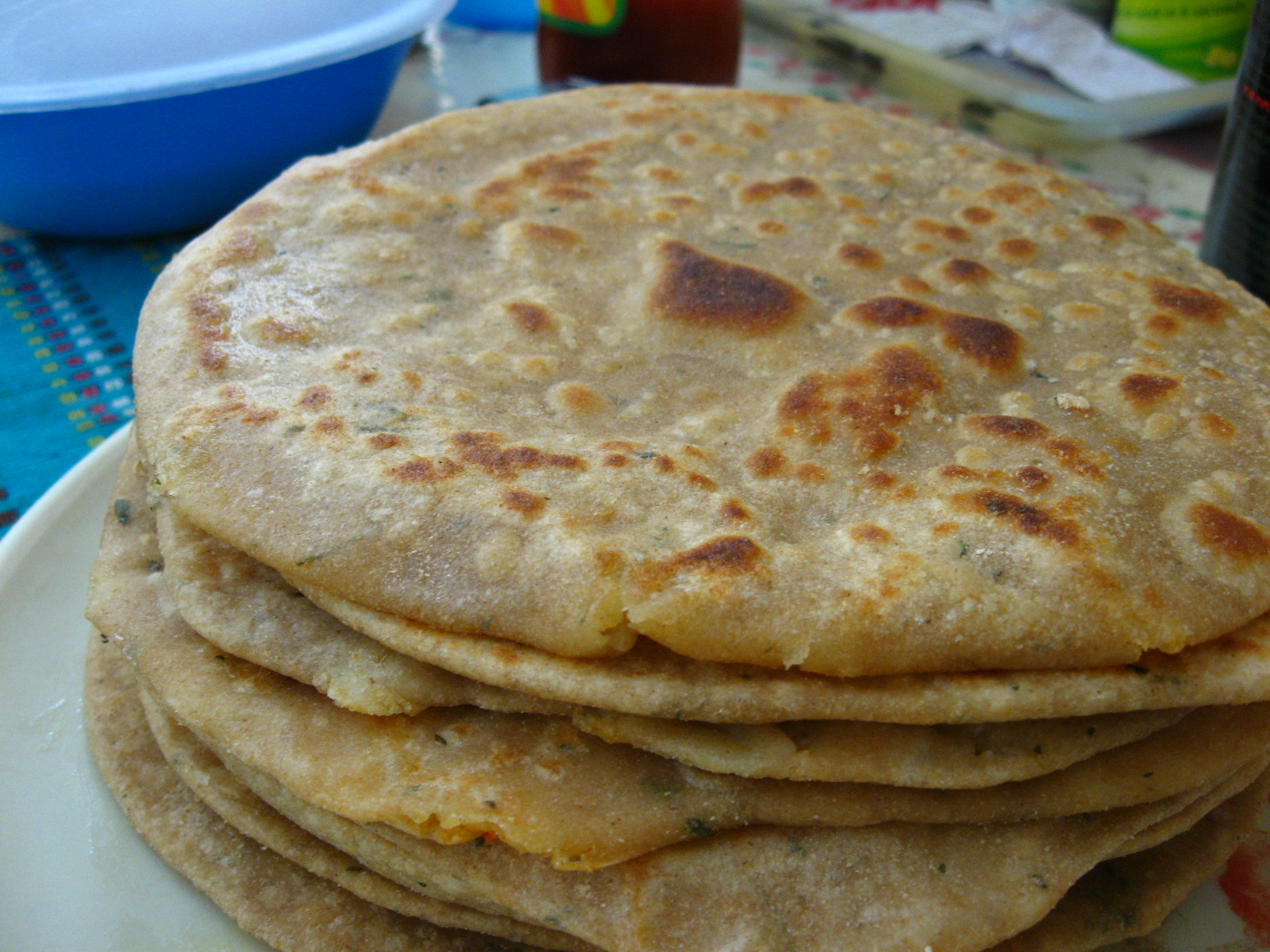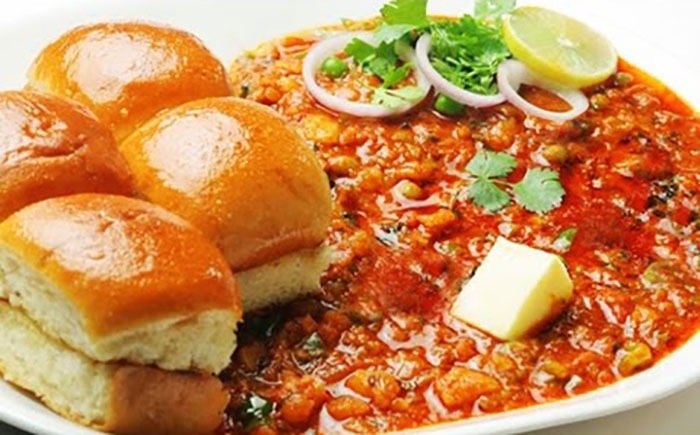sum·to·la [səm/tō-lah]:origin: [1800s] Latin; sum "equally" + tola= "weight; unit"nounI dare say that unless you're an East Indian weight-lifter, you may fall into "girly-man" status!
Indian barbells or
sumtola are serious business, the height in resistance training -- no need for fancy metal benches or designer Nike™ threads to get this workout on; you're looking at ancient tools for improving core strength and grips of
pehlwani (wrestling; kushti) of both Muslim & Hindu athletes (particularly in the 12th - 14th century when interest reached a peek). In fact, some hundreds years later, Western colonials got their ideas for weight-lifting from these ancient traditions!
Typically made of
babhul wood (sort of sounds like "barbell"); gum arabic tree, Egyptian thorn, prickly acacia, etc. Modern versions of these objects can be made of American wood trees and have been featured on the television program
The Biggest Loser. In the 1900's "Strong Men" became pioneers in Western weight-lifting; they traveled the country, sometimes as part of a circus, exhibiting these techniques with seemingly miraculous acts of strength and even competed against one another to break records.
"Indian Clubs" -- a misnomer as they're truly from Iran -- or
meels were particularly popular in the Victorian era when exercise was explored as an option from men in service to proper ladies alike! Meels appeared in
two major Olympic competitions: 1904 & 1932,
and were even carried by suffragettes to thwart off police!
Adapting techniques from ancient India & Iran was a positive step toward understanding the physical benefits of exercise without the (banned) violence of gladiator rinks! 
Types: gadas (maces), joris (heavy clubs), nals (stone weights), gar nal (stone wheel), sumtola (Indian barbell), Mallakhamb (pole), etc.
( warning: hunks under the cut )




